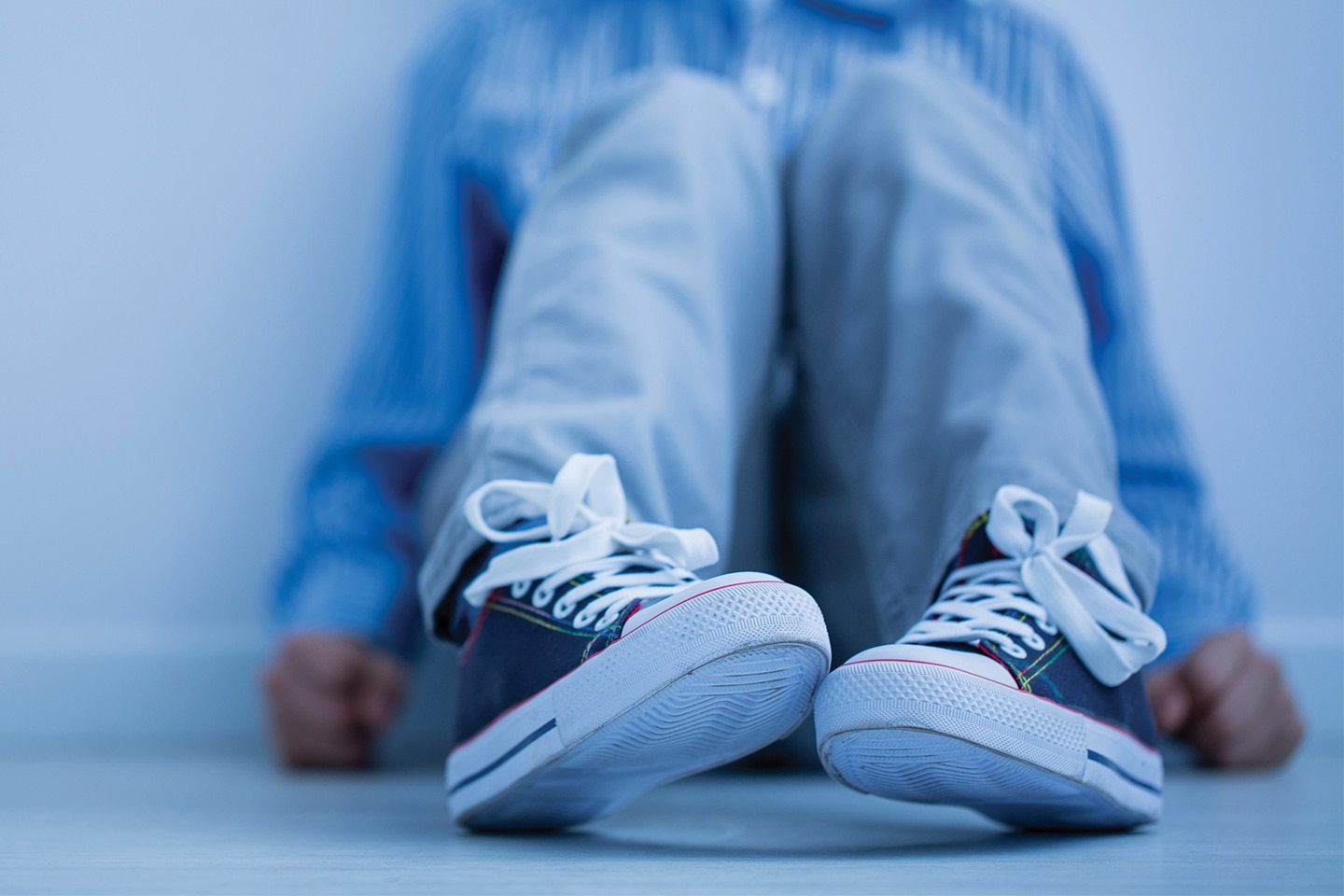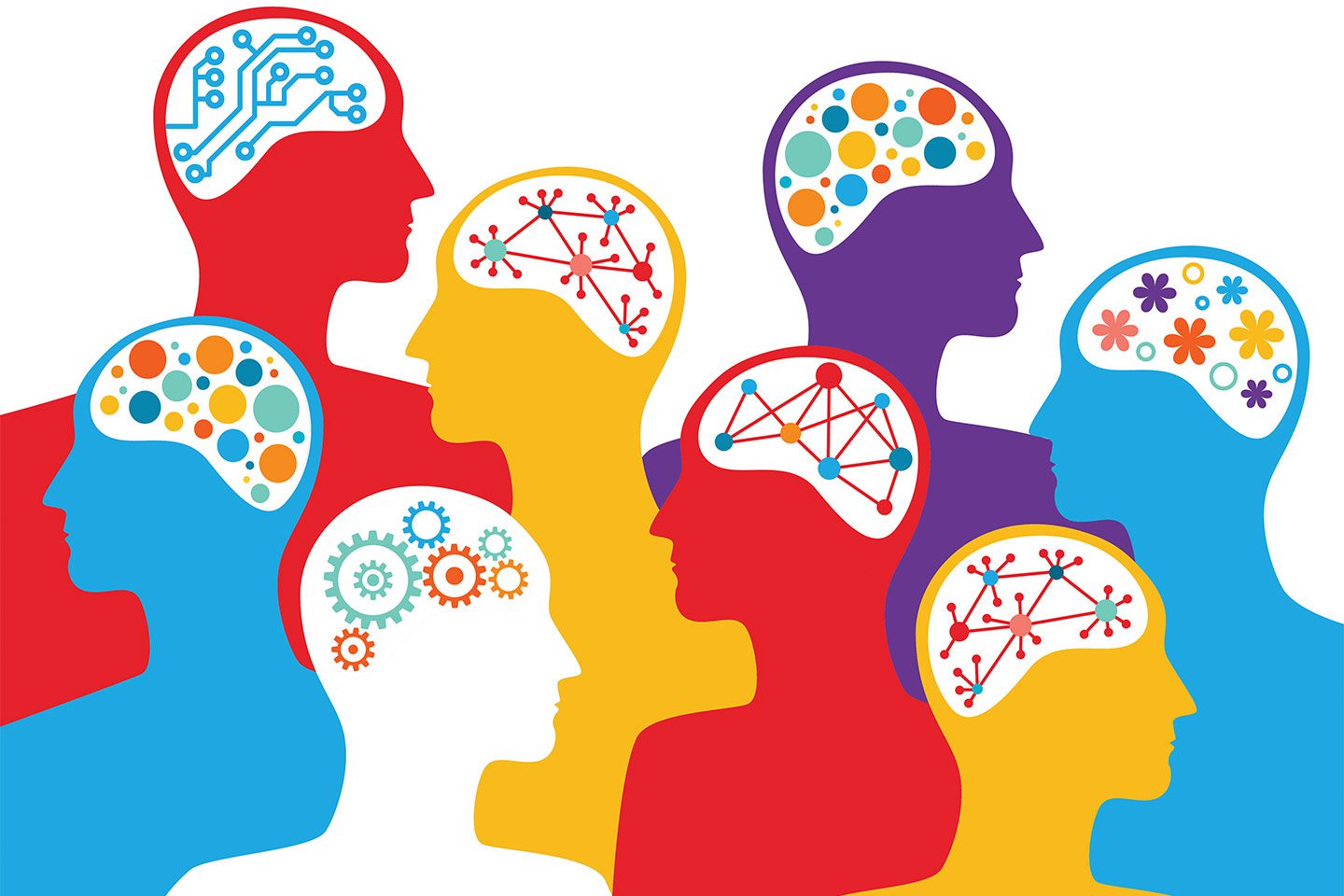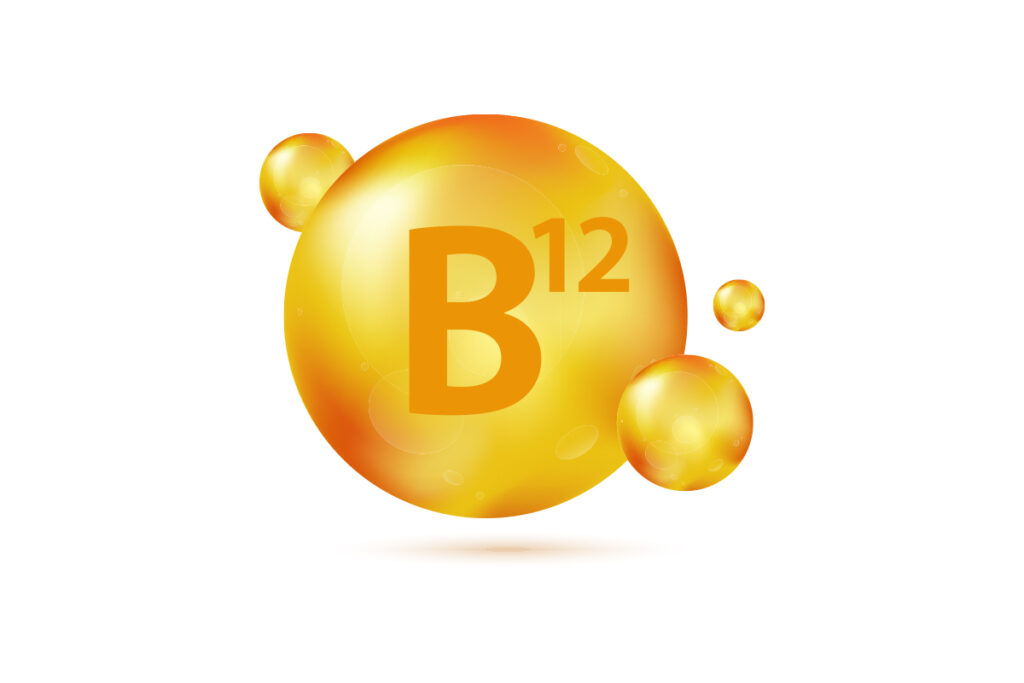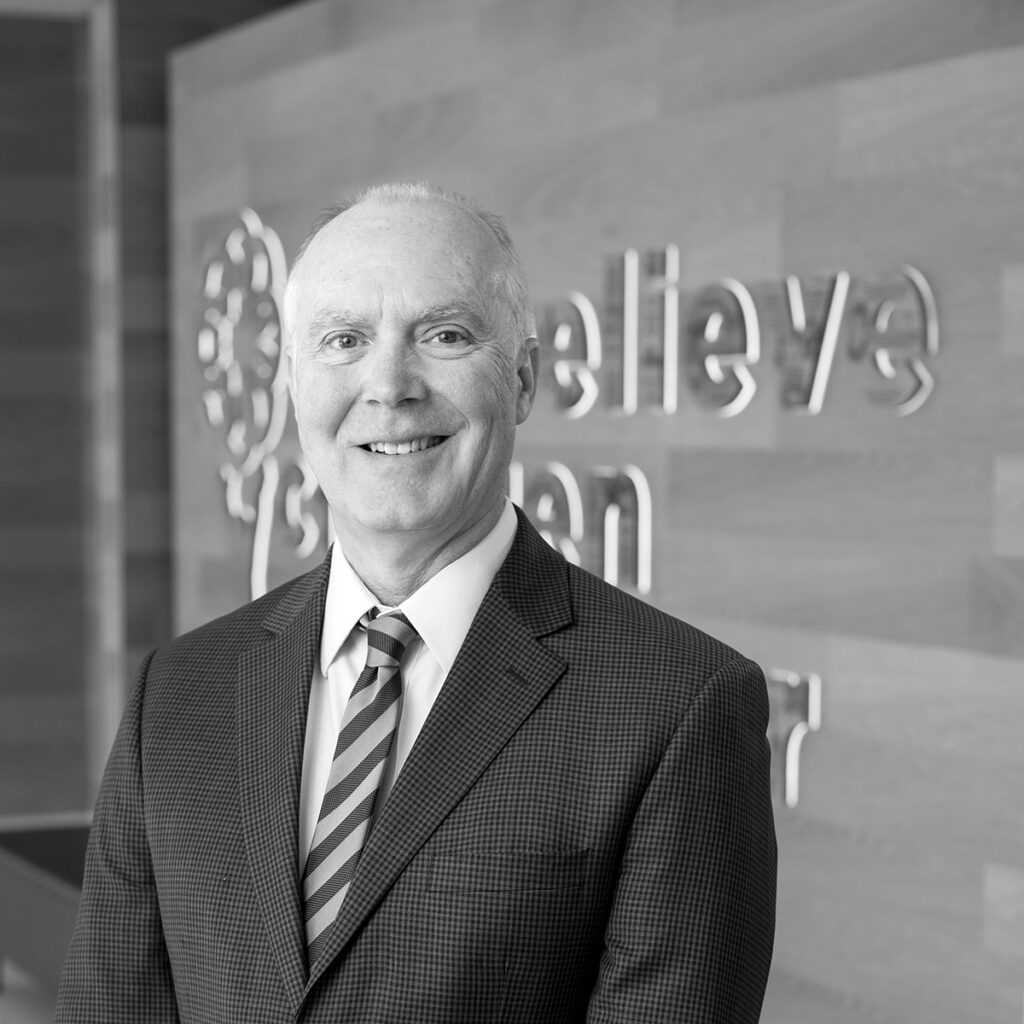Autism spectrum disorder (ASD) is often misunderstood by the general public. To shed some light on the truth of the condition – how it presents in people and the support that individuals with ASD might need – we’ve asked experts to weigh in.
Signs of autism vary across the spectrum.
Autism spectrum disorder is defined by the National Institute of Mental Health as a neurological and developmental condition that has an effect on the way people communicate, learn, behave, and interact with others. While there are common, medically established signs of autism – such as difficulty with communication and interaction, repetitive behaviors, restricted interests, and sensory differences – the word “spectrum” is important to remember.

“The specific ways these characteristics present will be different in every autistic person depending upon their personality, environmental factors, and biological predispositions,” explains Dr. Karen Weigle, a licensed clinical psychologist with the Chattanooga Autism Center. “For example, social communication – including expressive and receptive language – can vary from a person who does not use words, to another person who is very verbally fluent but may be processing incoming communication more slowly than average, or anything in between.”
Other examples of variance across the spectrum include things like eye contact – some autistic people struggle with it, while others do not – or the amount of support they need from day to day. “However, we should be careful not to view autism as a ‘linear spectrum’ from low to high needs, but to look at each autistic individual as a whole person who has their own specific strengths and weaknesses in different areas, and that these can vary day to day,” adds Dr. Weigle. “Autistic people, like everyone else, also develop across their lifetime, and thus one person’s specific characteristics are not static but ever-changing.”
Autism can affect people differently depending on gender.
Being female not only means that autism can present differently, but it can also mean that a diagnosis might be more challenging to obtain. “According to the CDC’s latest numbers, boys are four times more likely to be identified with autism compared to girls. Often girls are being missed or diagnosed late due to the challenges of recognizing their autism symptoms, as most autism screening tools were developed on data from studies of boys,” says Dr. Lorena Ferreira, a developmental behavioral pediatrician with Siskin Children’s Institute. “In addition, girls can be better at ‘masking’ their social difficulties, mimicking facial expressions, and appearing more motivated during social interactions. They could also exhibit less repetitive and restricted behaviors.

Currently, there are a lot of misconceptions surrounding autism spectrum disorder.
Unfortunately, one of the biggest and most persistent misconceptions surrounding autism at this time is the false claim that it can be caused by vaccines. However, there is no credible evidence that supports this. “There has been extensive research done in the past 20 years regarding this topic,” Dr. Ferreira explains. “The original 1998 study that linked autism with vaccines has since been retracted. This study was based on only a sample of 12 children – where only eight had autism – and was based on a poor experimental design, ethical violations, and scientific misinterpretation.”
Another harmful misconception that some people have about those on the autism spectrum is that they have no interest in others or any kind of interpersonal relationships. However, this assumption isn’t particularly accurate. “Because the majority of individuals with autism have some level of difficulty with social interactions, they may not be able to express their love or affection in a way expected by society,” says Dr. Ferreira. “Individuals with autism may find it difficult to show and express their feelings and emotions, or may just do it in a different way than what we would expect from their typically developing peers.” Furthermore, this misconception can inflict unfair isolation on those with autism. “It can lead others to overlook opportunities to connect with an autistic person who may not present their interests in a ‘typical’ way, which can leave people with autism feeling lonely and left out,” adds Dr. Weigle.
Intervention and support look different for every person with autism.
First, it’s important to remember that many autistic individuals and their family and friends do not consider autism a disorder, and instead consider it to be part of their identity and embrace that identity. “The differences associated with autism are not necessarily something they need to ‘fix,’ and it is other people’s negative or unaccepting reactions to them that create problems and can lead to mental health conditions such as depression, anxiety, and trauma-related disorders, usually as a result of being misunderstood and marginalized by others,” says Dr. Weigle.
For those who do seek support, there are a variety of therapies and services that can be beneficial. “However, interventions for children with ASD should be individualized, developmentally appropriate, and intensive, with specific treatment goals that should be monitored and reevaluated as the child makes developmental progress,” Dr. Cindy Chestaro, a developmental behavioral pediatrician with Siskin Children’s Institute, says. Treatments may include speech or language therapy, which is used to address receptive, expressive, and/or social language skills; occupational therapy, which can assist difficulty with sensory processing or differences; psychotherapy, which can help with identity development, emotional and behavioral regulation, and expressive skills; and others, depending on the needs of the individual.
One particular challenge that many autistic people looking for support or intervention face is barriers to access. It can be difficult and time-consuming to even receive an initial diagnosis, thanks to obstacles like shortages of providers, insufficient insurance coverage, and even social stigma or general lack of education surrounding ASD. Studies have shown that early intervention can be highly effective in helping children with ASD navigate the world around them, which is why it’s so important for access to professional services to be increased.

If you’re someone without autism wondering how you can help, the answer is simpler than you might think: “Perhaps the biggest potential for support would be for our entire community to learn more about and from autistic individuals and be accepting of differences and inclusive,” advises Dr. Weigle. “Our current culture is created by and for neurotypical people. By making modifications and accommodations, our world then becomes more accessible to neurodivergent people.”

Cindy Chestaro, MD, FAAP
Developmental Behavioral Pediatrician, Siskin Children’s Institute

Lorena Ferreira, MD, FAAP
Developmental Behavioral Pediatrician, Siskin Children’s Institute

Karen Weigle, PhD
Licensed Clinical Psychologist, Chattanooga Autism Center




